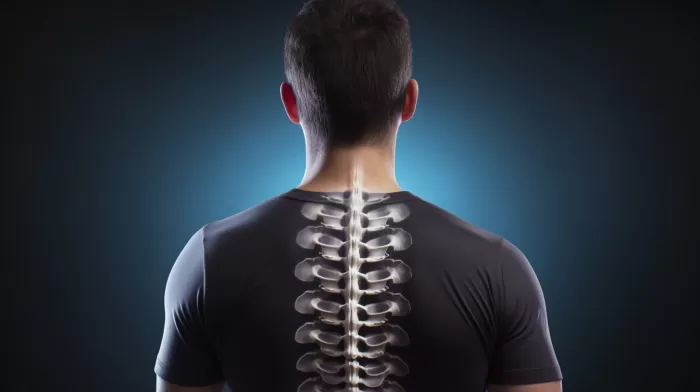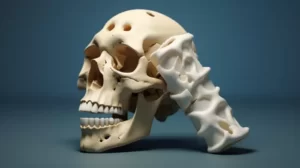A healthy spine is crucial for a good quality of life, as it plays a significant role in maintaining mobility and independence. When spinal health is compromised by muscle imbalances and postural changes, it can lead to pain and limited range of motion that can prevent you from enjoying your daily activities. One common issue that arises is swayback posture, which can cause muscle tightness, trigger points, tears, inflammation, and limited mobility in the lower back, legs, and hips.
Understanding Swayback Posture
Swayback posture occurs when there are postural changes in the pelvis and thighs, which result in hyperextension of the knees and hips. Imagine someone standing with their knees locked back and pelvis protruding forward, causing a sway in their back and altering their overall posture. The person’s belly will stick out due to a forward pelvic tilt, and their shoulders will rest behind their hips, accompanied by a forward head posture.
It’s essential to differentiate swayback from hyperlordosis, as the two are often confused. With hyperlordosis, the lumbar spine is in a concave position, whereas, in swayback, the lumbar spine is flattened, with the concave curvature in the thoracic spine. Identifying the correct issue is crucial for correcting swayback posture.
The Risks of Swayback
Uncorrected swayback can lead to overuse of the hamstrings due to the reliance on them to extend the hips, rather than the gluteal muscles. This improper posture can cause wear-and-tear on the femur and hip ball-and-socket joints, leading to muscle spasms, trigger points in the hamstring, tendonitis, reduction of cartilage, and eventually, osteoarthritis.
Functionally, those with this postural dysfunction may develop tight hip flexors that can cause pain and reduced range of motion, making it difficult to perform everyday tasks like tying shoes or walking long distances.
Causes of Swayback Posture
Swayback posture can be caused by our postural choices, such as frequently wearing high heels or sleeping on our stomachs. High heels force the swayback posture by changing the ankle position and shifting the center of gravity. On the other hand, stomach sleeping causes the abdomen to sink into the mattress, pulling the lower back and leading to a swayback posture during sleep.
Correcting Swayback Posture
The good news is that swayback posture can be reversed and the associated issues avoided with some simple exercises. Here are three effective exercises to help correct muscle imbalances and restore your posture:
1. Stretch and Strengthen the Hip Flexors
Start by stretching and strengthening the shortened hip flexors. Begin with lunges, taking one large step forward and lowering your back knee toward the floor. Next, perform “mountain climber” exercises by working from a push-up position, essentially running in place.
2. Strengthen the Glutes
Glutes can be strengthened through bridge exercises and clamshell exercises. For the bridge exercise, lie on your back with knees bent and feet flat on the floor. Then, slowly raise your hips off the floor and lower them back down. For clamshell exercises, lie on your side with legs bent and parallel to each other. Slowly open and close the top leg, then repeat on the other side.
3. Tighten the Abs
Shortening the external oblique muscles will help hold the core in place and prevent swaying. Begin with “windshield wiper” exercises, lying on your back with arms extended to the sides and legs raised straight. Rotate your legs from side to side, mimicking the motion of windshield wipers. Next, practice side bends with dumbbells – stand straight holding a weight in one hand, placing the other hand behind the head. Bend sideways towards the weight and return to a vertical position, then switch hands and repeat on the other side.
By knowing the causes of swayback posture and incorporating these corrective exercises into your routine, you can make positive changes to your body and improve your overall wellbeing and quality of life.



